The 7 Phases Of The Impulse Purchase Cycle Explained!
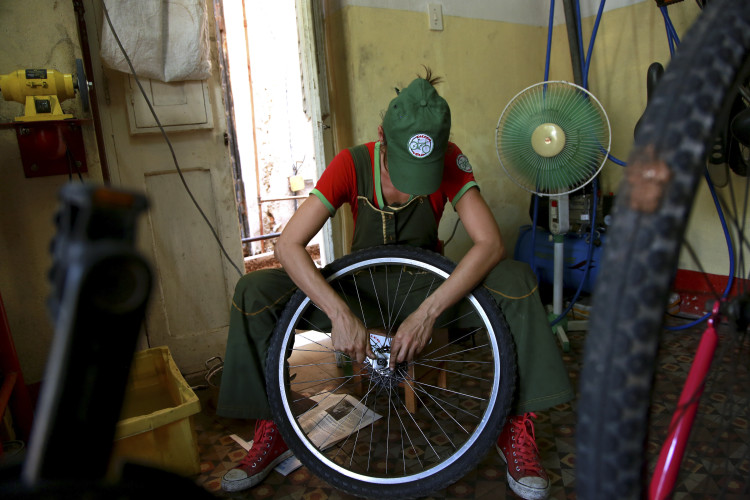
By
Impulse buying is an intriguing consumer behavior that often catches people off guard. Imagine this: you’re standing in a grocery store checkout line, casually waiting to pay for your groceries, when a shiny display of chocolate bars suddenly grabs your attention. You weren’t planning to buy one, but without much thought, you toss it into your cart. Sound familiar? This moment, driven by a subtle mix of emotion and curiosity, is a perfect example of impulse buying.
It’s a common experience that many of us go through, not just with chocolate bars but with gadgets, clothes, or anything that unexpectedly draws us in. Impulse buying, in essence, is when you make an unplanned purchase, often spurred by triggers like product placement, emotional appeal, or even peer influence. Interestingly, according to a study published in the Journal of Consumer Research, around 40% of purchases are made on impulse. That’s a pretty significant portion of our buying behavior! Impulse buying is like a hidden bonus level in a video game, offering you something you didn’t even know you wanted but can’t seem to resist.
What makes this behavior even more fascinating is that it typically unfolds in a cycle of seven distinct phases. Each of these phases plays a key role in shaping how and why we make unplanned purchases, making it a bit like a roller coaster ride-exciting, unpredictable, and sometimes leaving you wondering why you got on in the first place. In this article, we’ll break down each phase of the impulse buying cycle, from the moment something catches your eye to the loyalty that keeps you coming back for more. So buckle up as we explore the world of impulse buying!
Phase 1: The Trigger
The impulse purchase cycle begins with the trigger. This is the moment when something catches your eye and sparks your interest-like when you see a flashy gadget, trendy outfit, or the favorite shoe you’ve always wanted but didn’t plan to buy. A trigger can be emotional, environmental, or social, and it’s what sets the stage for everything that follows.
Emotional triggers are feelings that make you want to buy something. For example, a heartwarming advertisement that reminds you of family or happy memories can evoke an emotional response, leading you to make an unplanned purchase. Environmental triggers, on the other hand, are factors in your surroundings that grab your attention. This could be a bright, colorful display at a store or the irresistible smell of fresh popcorn at a movie theater, which makes you crave snacks. Social triggers come into play when you see others-whether friends, influencers, or celebrities-using or endorsing a product, making you want it too. It’s the same reason you might feel compelled to watch the new Netflix show everyone’s talking about. According to Psychology Today, 70% of impulse purchases are driven by emotional factors.
Triggers are all around us, from catchy jingles to well-crafted stories, and they play a crucial role in influencing consumer behavior. Marketers understand this well. To succeed, they need to know what will catch the consumer’s attention, because without that initial trigger, the buying process never gets started.
Phase 2: Interest and Curiosity
Once a product captures your attention, the next phase is interest and curiosity. This is the point where you start focusing on the product and everything else around you fades away. Marketers are masters of fueling this curiosity. They use a combination of visual appeal, clever design, and intriguing messaging to pull you in.
One way marketers do this is through visual appeal. A 3M study shows that bright colors and eye-catching designs can boost interest by up to 93%. By using stunning visuals, marketers ensure their product stands out from the crowd, making you more likely to notice it. Another technique involves curiosity triggers, such as questions or intriguing statements that make you want to learn more about the product. Social proof is also a powerful tool in this phase. Seeing other people engage with or rave about a product creates buzz, which makes it even more appealing.
Marketers use these tactics to ignite your interest and get you hooked. Once they have your attention, they’re one step closer to turning your curiosity into a purchase.
Phase 3: Desire
Desire is where the emotional connection begins to take root. It’s that moment when you start imagining how the product could improve your life or fulfill a need. Think of it like watching a superhero movie trailer and fantasizing about what it would be like to have those superpowers. Marketers know how to tap into this feeling, using storytelling, emotional appeal, and relatable scenarios to build a connection between you and the product.
For instance, a marketer might use storytelling to create a narrative around the product, making it feel more meaningful or relevant to your life. They also rely on visual appeal to reinforce that desire, as beautiful designs and striking images can make a product seem more desirable. Additionally, showing how the product fits into everyday life makes it feel necessary as if it could solve a problem you didn’t even realize you had.
A study by Motista found that emotional marketing can increase sales by up to 23%. That’s because desire is the bridge between interest and action. It’s where you start to imagine the benefits of owning the product and begin to justify why it’s worth buying.
Phase 4: Justification
In the justification phase, you enter a mental tug-of-war, trying to rationalize your impulse to make the purchase. This is when you start convincing yourself that the item is worth the money, even if you hadn’t planned to buy it. It’s like watching a character in a movie justify buying an expensive sports car by saying, “It’s not just a car; it’s a lifestyle!”
Consumers often justify purchases by seeing the product as a reflection of their identity. They may believe it’s something that reflects who they are or who they aspire to be. Sometimes, social influence plays a role, especially if friends or family already own the product, making it feel more acceptable. Additionally, consumers may justify the purchase by focusing on the value of the product, often exaggerating its benefits to convince themselves it’s worth the price.
Psychological factors heavily influence this phase. A study by the Journal of Consumer Research found that 70% of consumers feel better about their purchases when they can share them on social media, almost like getting a virtual high-five for their decision.
Phase 5: The Purchase Decision
The fifth phase is the purchase decision, where all the factors-emotional triggers, social proof, and justification-come together to compel the consumer to make a purchase. At this point, the consumer feels a combination of excitement and urgency, which can lead to a quick decision.
Limited-time offers and countdown timers on websites can add to the pressure, creating a sense of urgency that drives people to buy. Studies show that 60% of consumers feel rushed to make a purchase when faced with a time limit. Additionally, peer influence can play a big role. If a friend or influencer raves about a product, you may feel more inclined to buy it. Finally, emotional triggers-whether from ads or your own imagination-can be powerful motivators that make you feel like the product is something you need right now.
Phase 6: Post-Purchase Evaluation
After making an impulse purchase, consumers often enter the post-purchase evaluation phase. This is when they reflect on whether the purchase was a good decision. Consumers assess their satisfaction levels, evaluate the product’s value, and consider whether it met their expectations.
Statistics from Consumer Reports show that around 30% of consumers experience buyer’s remorse, leading to negative feelings about the purchase. During this phase, customer service and return policies can greatly influence how the consumer feels about the product and the brand. A smooth post-purchase experience can turn a potentially negative feeling into a positive one and may even foster loyalty.
Phase 7: Loyalty and Long-Term Impact
The final phase is loyalty, where a positive post-purchase experience can lead to repeat business. If consumers are satisfied with the product and feel good about their experience, they’re more likely to return. According to Salesforce, 70% of consumers say they would recommend a brand after a positive experience, meaning a satisfied customer can bring in more business through word-of-mouth.
Brands that offer excellent customer service, rewards programs, and engage with customers through social media are more likely to build long-term relationships. Just like a fan who sticks with their favorite band through every new album, loyal customers will keep coming back for more.
Conclusion Impulse buying is a complex yet fascinating behavior, driven by emotional, environmental, and social triggers. The seven phases of the impulse purchase cycle-from the initial trigger to long-term loyalty-show how marketers skillfully guide consumers through this process. By understanding these phases, consumers can be more aware of what influences their buying behavior and make more thoughtful, intentional decisions. The next time you’re tempted by a shiny new gadget or a pair of trendy shoes, take a moment to reflect on what’s happening in your mind-you might just save yourself from a purchase you didn’t really need! More Information: https://www.techdogs.com/td-articles/trending-stories/the-7-phases-of-the-impulse-purchase-cycle-explained
sooperarticles.com


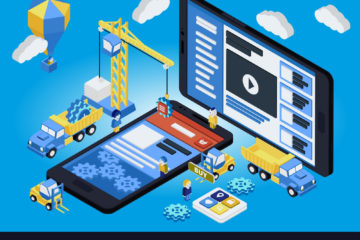
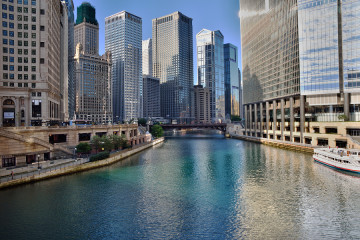
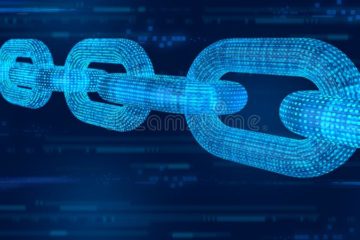
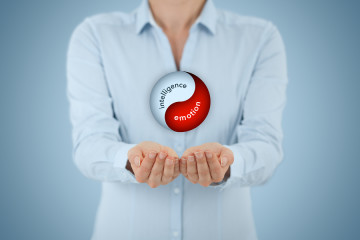

No Comment